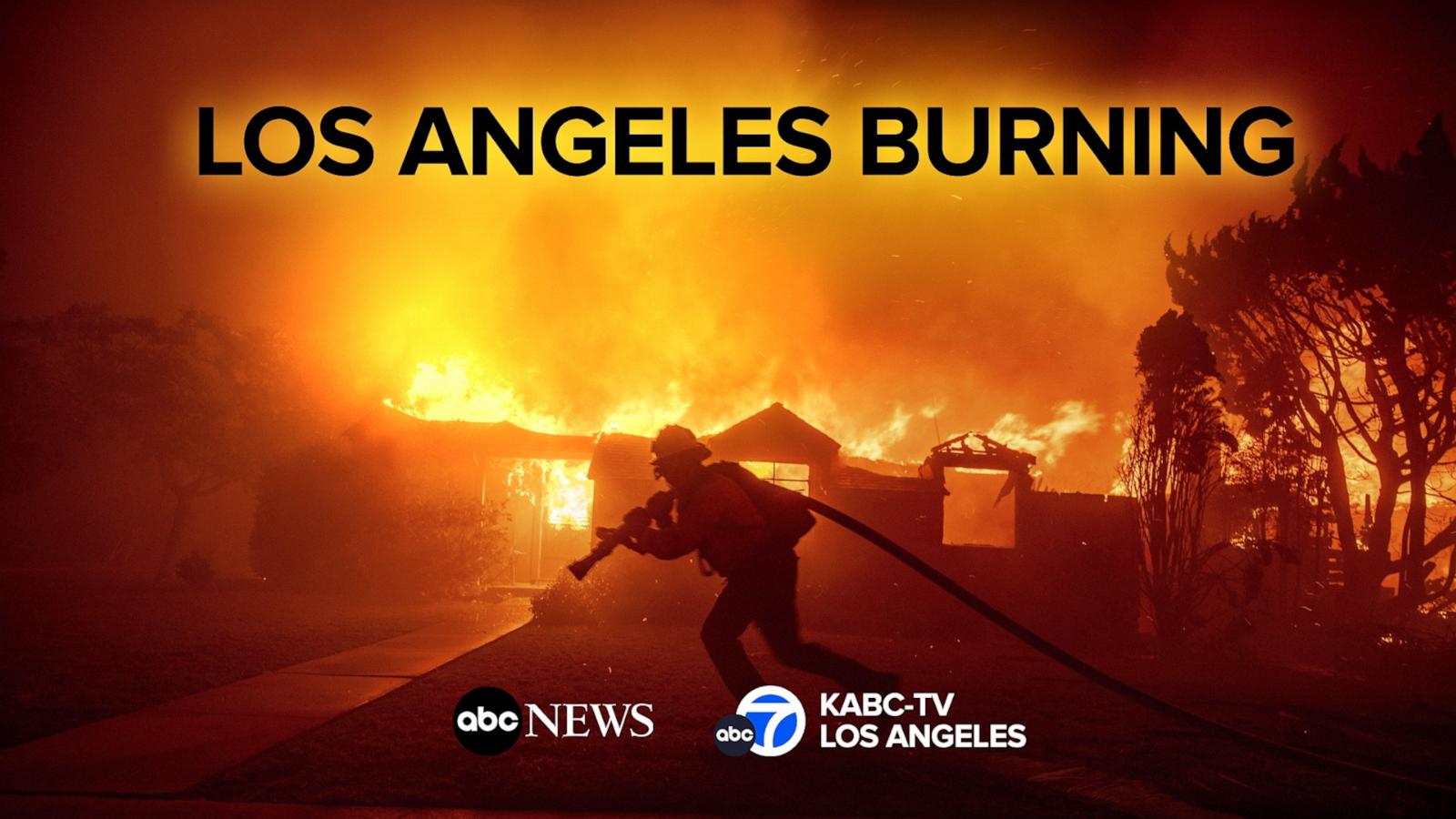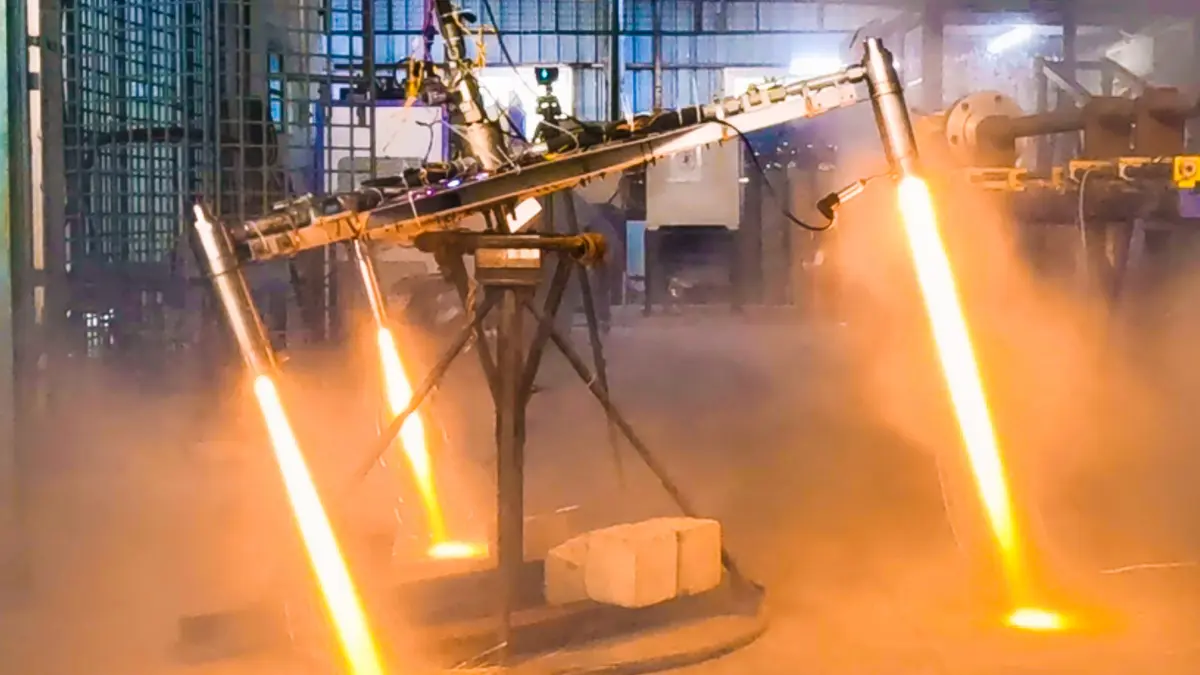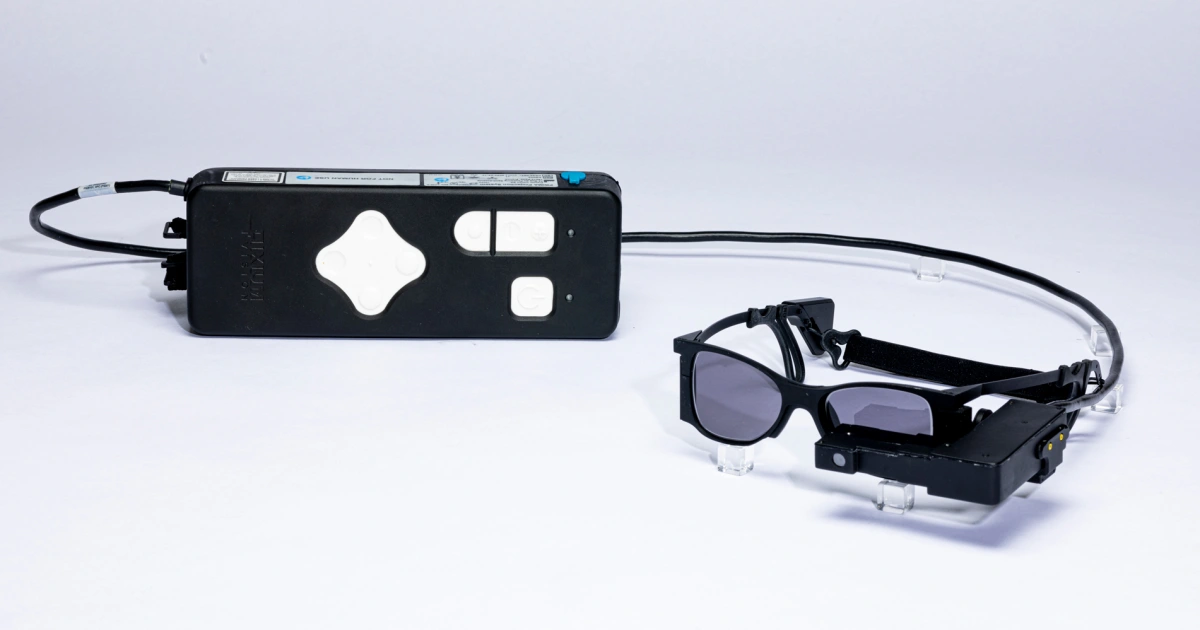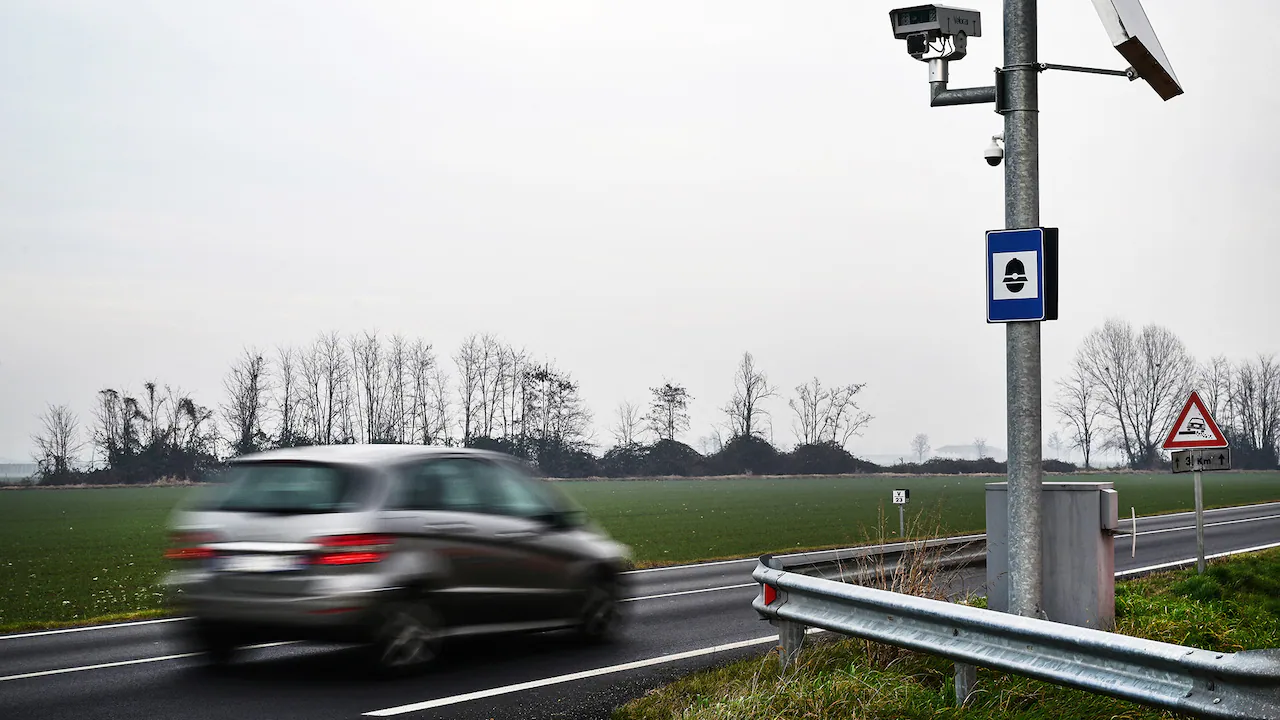Copyright go

As the Southern California wildfires roared through communities along the Pacific Palisades, Eaton Canyon, West Hills, Sylmar and tens of thousands of acres in early January 2025, ABC News and KABC-LA reporting teams joined forces with a shared mission. Through relentless reporting, combined resources and most of all - personal commitment - we marked a defining moment in our partnership and demonstrated how straightforward journalism can and should serve public safety - by communicating real-time evacuation orders, when and where to seek shelter and when residents might be able to return home. It was truly an all-hands-on-deck situation. The conditions were extreme, with winds tracking up to nearly 100 miles per hour. Reporters for both of our news organizations mobilized across the city, working double duty as journalists and as residents doing their best to keep their homes and families safe. Nearly two dozen journalists from our news organizations were evacuated from their homes but continued to work. Two had homes that burned to the ground. Though this is a breaking news entry, we have included examples of our continuing coverage, investigations, ABC News 20/20's live special edition and our impactful SoCal Strong initiative which raised nearly 10 million dollars for communities directly affected by the Los Angeles fires. Our organizations will feature a significant coverage marking the six-month anniversary in July. We hope you find our entry demonstrates that with coordination, candor and community, journalism can not only inform but also directly serve the public in times of crisis. ABC News and KABC-Los Angeles respectfully submit the following selection of reporting for your consideration for a prestigious George Polk Award. LOCAL BECAME NATIONAL, NATIONAL BECAME LOCAL. As you will see from the very first report in our entry, conditions were changing minute to minute in the critical early hours, overwhelming first responders and prompting panic and confusion among residents who were leaving their homes intact, possibly for the last time. With every employee pitching in to help, the KABC team masterfully broadcast continuously for 51.5 hours, while ABC News provided national reach on every platform and program for this deeply local story. Together, ABC News and KABC served millions of viewers with compelling, comprehensive narrative. Every step of the way, our teams looked out for each other so we, in turn, could better serve the community. ABC News correspondents including Matt Gutman, Kayna Whitworth, Zohreen Shah and Alex Stone stepped in to report for KABC when crews across the city needed a break. KABC reporters Marc Cota-Robles, Leslie Lopez, Scott Reiff and others appeared on ABC News programs, providing additional context from the air and on-the-ground. With supplies running low and so many establishments closed, ABC News sourced food to feed KABC’s staff. A KABC sales manager even drove through devastation to deliver to crews in the field. The ABC World News Tonight with David Muir team quickly mobilized and traveled to Los Angeles to broadcast for three nights. Muir was the only network anchor reporting from Los Angeles, and he made it a priority to contribute to KABC's newscast. From the fire lines to stories of hope and resilience, our coverage sought to inform and unite a region reeling from crisis. Here are just a few examples from our entry: REPORTING FROM INSIDE THE FIRE ZONE Leanne Suter’s live reporting from the Eaton Canyon Fire (05:43) placed viewers in the heart of a disaster unfolding in real time. Amid hurricane-force winds and a fast-moving fire, Suter's calm in the storm conveyed the scale of the threat, the firefighting challenges, and the dangerously shifting perimeter. Matt Gutman reported live from the front lines of the Pacific Palisades fire where rows of homes burned with not a firefighter in sight. Gutman delivered updates across both ABC News (03:24) and KABC (21:13). His immersive field reporting captured both the destructive power of the fires and the human toll in their path. On January 8, once conditions allowed for aerial coverage, Chris Christie and the Air 7 HD team spotted the first stages of the Sunset Fire in the Hollywood Hills before any official alert was issued (44:12). Christi’s live warnings, delivered block by block, gave residents critical time to evacuate. Christie received praise for his early detection, helping to prevent further devastation in one of L.A.’s most iconic neighborhoods. STORIES OF HOPE AND RESILIENCE David Muir and his team brought viewers powerful human stories of residents who lost everything and the firefighters battling exhaustion (54:12). Muir was the only ABC journalist to fly with the California Department of Forestry and Fire Protection (01:10:10) for their aerial survey, broadcasting haunting footage of miles of ash and debris for both KABC and ABC News viewers. In fact, this was the first time CAL FIRE has ever allowed a reporter to fly over an active fire. In the Pacific Palisades, Matt Gutman returned to an area where his own family had evacuated, spending time with residents sifting through rubble for anything meaningful left behind (01:07:23). His reporting underscored the scale of the loss and the emotional aftermath with more than 10,000 structures burned and 10 lives lost. PUBLIC SERVICE In response to pleas from evacuees wanting to know if their homes were still standing, reporter Gabe Santos took to the skies (01:19:24). Using layered aerial imagery and interactive maps, Santos revealed - block by block and neighborhood by neighborhood how close the flames had come to their homes. In real-time and with no prior experience, anchors learned how to use CAL FIRE mapping technology to illustrate precise fire locations, evacuation routes and impacted properties. This innovative mapping became a lifeline for thousands who had been (or would be) evacuated. SOCAL STRONG On January 17, ABC News and KABC joined forces for SoCal Strong, a day-long, multi-platform initiative focused on hope, recovery and rebuilding in the wake of the devastating wildfires. Anchors from both our news organizations stood side by side across local and national newscasts, amplifying stories of resilience and offering viewers a direct way to support their neighbors. Good Morning America devoted their broadcast to SoCal Strong, and throughout the day every broadcast and social post included tools in the form of donation links, resource guides and services ranging from insurance help to food pantry locations. SoCal Strong raised an extraordinary $9.7 million, all of which was directed to trusted, vetted relief organizations providing immediate aid and long-term recovery assistance to displaced families. SoCal Strong was more than a fundraising campaign—it became a day of unity during one of the hardest weeks in recent Southern California memory. COMMITMENT TO CONTINUING COVERAGE In the weeks and months after the January wildfires, ABC News and KABC-TV continued reporting from the communities most affected—highlighting not just what was lost, but on the future - re-building, protecting the health of firefighters and shifting public policy. The examples included with our duPont submission represent the depth, diversity and continued focus of our reporting over the last six months. Stories include an investigation into the Los Angeles Fire Department's pre-deployment strategy before the Palisades fire, raising questions about resource readiness despite red flag warnings (18:31); An examination of efforts to better prepare for future fires with non-traditional building materials (22:07); A moving story on equity in recovery, featuring stories of Black families in Altadena disproportionately affected by the Eaton Fire (25:36); An report on water system failures (31:25); An in-depth Prime with Linsey Davis report on the long-term health risks faced by firefighters, detailing how wildfire smoke exposure can cause lasting damage—including at the genetic level (36:13). Together, these stories and so many more offered critical insights into preparedness, environmental justice, infrastructure, and the lasting toll on those who responded. IMPACT AND VIEWER RESPONSE



